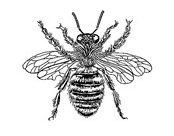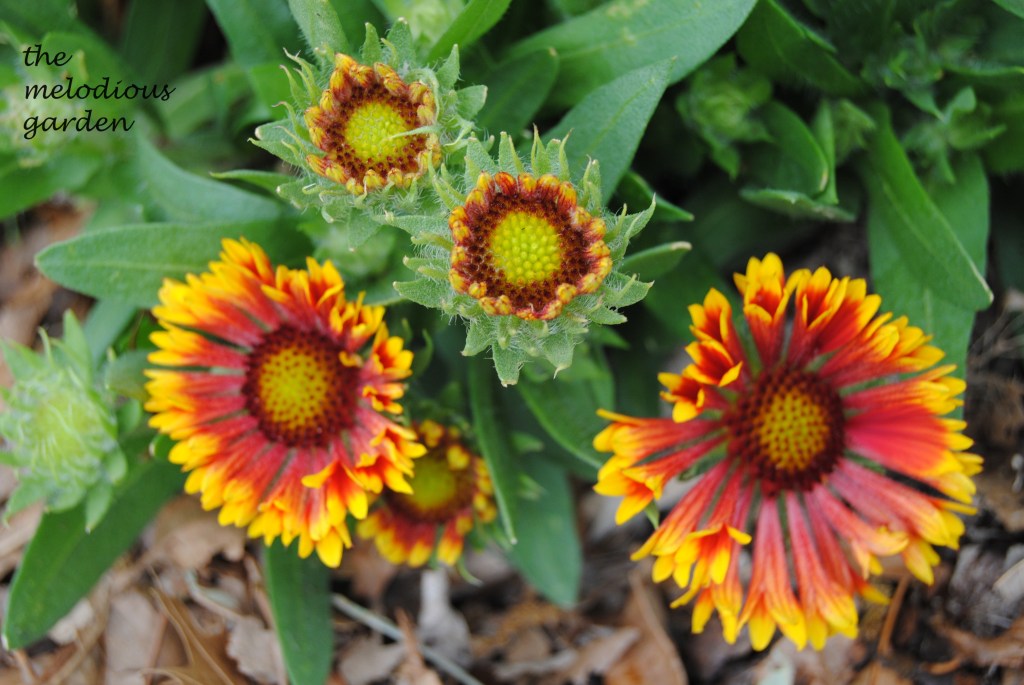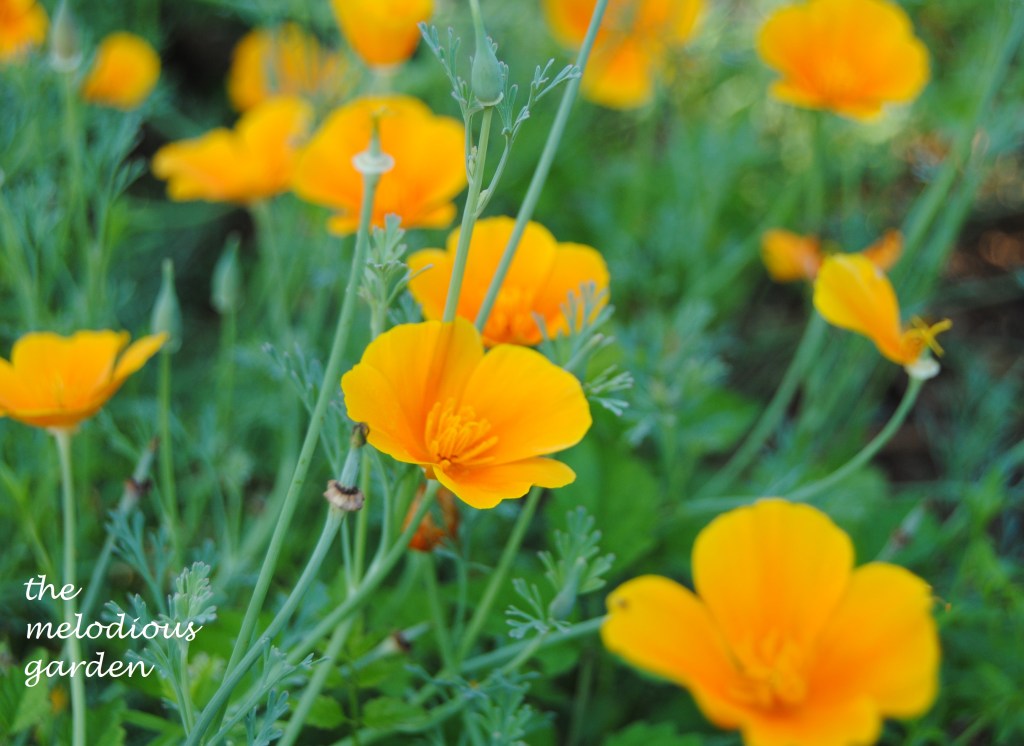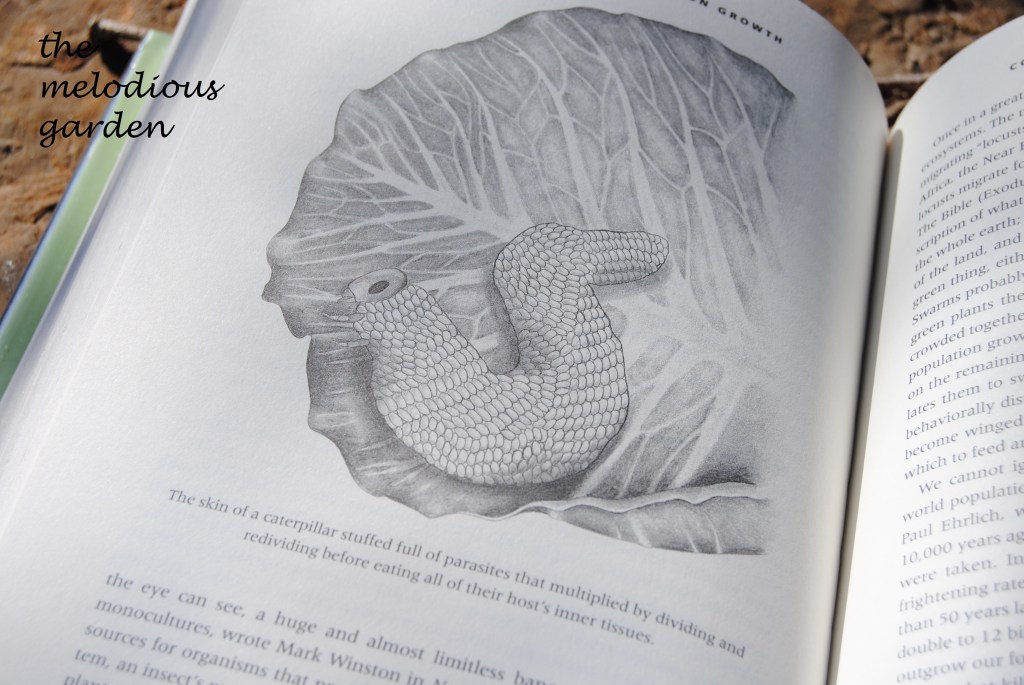One moment you are young and hip and the next moment you are taking photographs of your vegetables. Or so the meme goes…
I say you can be young and hip *and* still take photographs of your vegetables!
Not that I am either young or hip. Or am I?
I crossed the threshold to “not young” a few years ago. However, I firmly believe, as the saying goes, that “we don’t stop gardening because we grow old, rather we grow old because we stop gardening.” Gardening keeps us all young at heart, as you are never too old to see the magic contained within a simple seed.
I don’t know that I was ever hip. At least not in the conventional sense. But I do think gardeners are quite hip in their own way. We are all gardening our own little piece of this world, doing our own thing, marching to the beat of our own drum, yet all – in a grander sense – beautifying this wonderful planet. And you can’t get any more hip than that, amiright?

Popeye loved his spinach and kale has had its moment of nutritional fame. Chard, however, is often overlooked by today’s chefs and gardeners but it is also a nutritional powerhouse. Chard, shown in the above photograph, has been loving our unusually cool spring days and abundant rainfall. This patch is nearing two years old and it is still tender and flavorful in salads. Chard grows wonderfully in containers and can take a good amount of shade, so it is a leafy green that anyone can grow, even on a small balcony or patio.
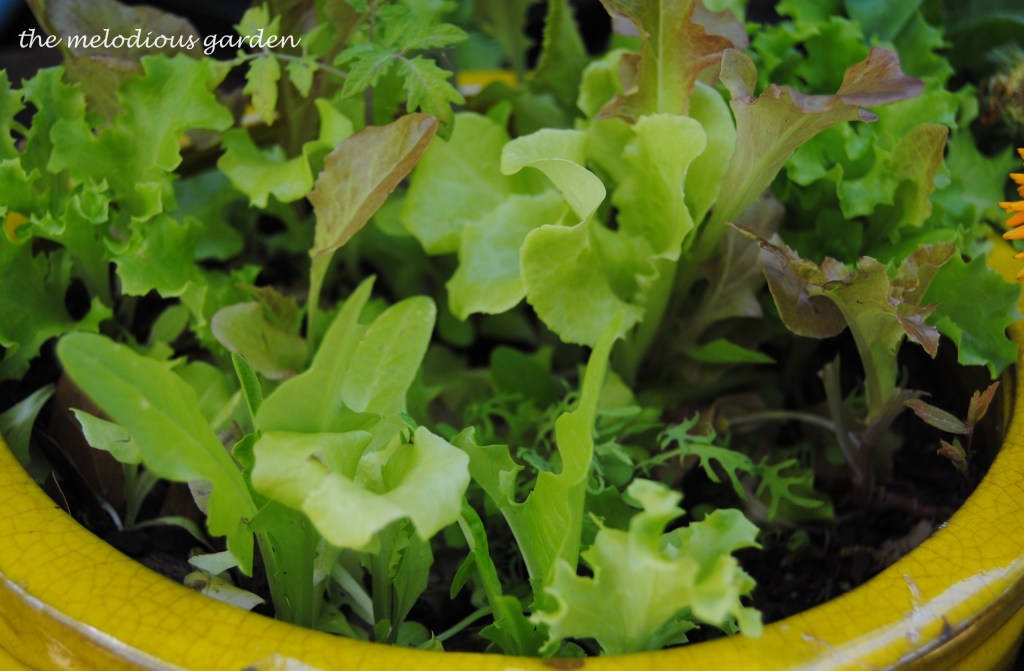
Cut and come again mesclun (lettuce) mix, shown above, is another leafy green that does well in containers and in a semi-shady location. This pot was sown in the fall and has provided a number of cuttings through winter and spring. Alas. It was time for one final harvest, so the container could be planted with summertime crops.

Peas are so beautiful in the garden, from the gorgeous blossoms to the delicate tendrils and the dangling pods. Both the leaves and the pods are edible, making this a two-for-one plant. Peas (shown above and below) are a cool season crop so I know our days together are winding down. I will, however, continue to grow some inside so I can enjoy the leaves as a microgreen.

Only time will tell if I have a fava bean (shown below) harvest this spring or not, as they do not like warmer temperatures. We usually go from winter to extreme summer with barely a pause for moderate spring temperatures, making cool season plantings – such as these fava beans – a gardening gamble. Until then, I will admire the flowers and know that they are providing important nectar for the pollinators.

It is always exciting to see the first tomatoes of the year, after a winter with no homegrown ones. “And we are off to the races!” Which tomato will ripen first? Which tomato will be most productive?

Several of my tomatillos (shown below) are already starting to produce, which makes this homemade salsa loving girl very happy.

Ah. Sunchokes. What to say other than, Yes, they appear do to be a super spreader, as I was warned they could be. Sunchokes, aka Jerusalem artichokes, are a love it or hate it food. I have yet to eat any to know which side I will come down on.
A bit of the backstory to this raised bed, shown below with super spreader sunchokes and rosemary: It is hiding the stump of a very aggressive junk vitex tree that we took down two years ago. I spent an entire Saturday this time last year, sawing and hacking away at the stump, which had refused to die. Then I put the metal ring around the stump, filled it with soil, planted some sunchokes and said, “Battle On! Vitex versus Sunchokes.” Then I spent all summer and fall plucking little bits of the vitex that took my dare and tried to grow. The sunchokes rewarded me with absolutely stunning yellow flowers last year, which the pollinators all loved. This year, no sign of the vitex. But the sunchokes. Oh.My. Do I have sunchokes. So far, the count stands at Vitex 0, Sunchoke 1,001. (Note to self: Move the rosemary before it gets consumed…)

I planted four Baby Cakes blackberries (shown below) two years ago and they have grown so well that I added another three this year. I also have seven vining blackberries, so I am hopeful we will have an abundance of blackberries in another few years.
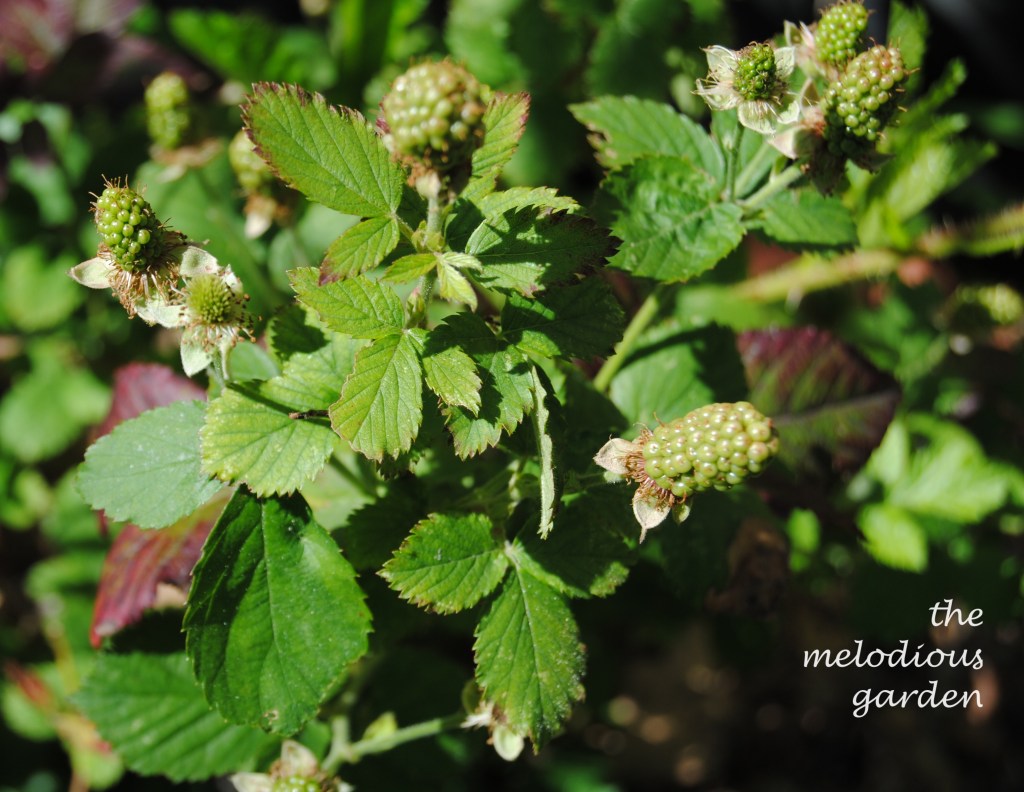
Bountiful Blue blueberry, shown below, is a new addition to the garden this spring. I am hopeful I can defy our alkaline soils and grow a decent crop of blueberries.

My original gardens were mostly ornamental, with just a few edible crops tucked in here and there. The transition to a mostly food producing garden is now in its third season and things are going very well. I have had zero regrets…even if it means I now take photographs of my vegetables!
Keep Calm and Garden On. And grow some chard. You won’t regret it!
All photographs taken April 12, 2024, in my southern Denton County, Texas, garden.

